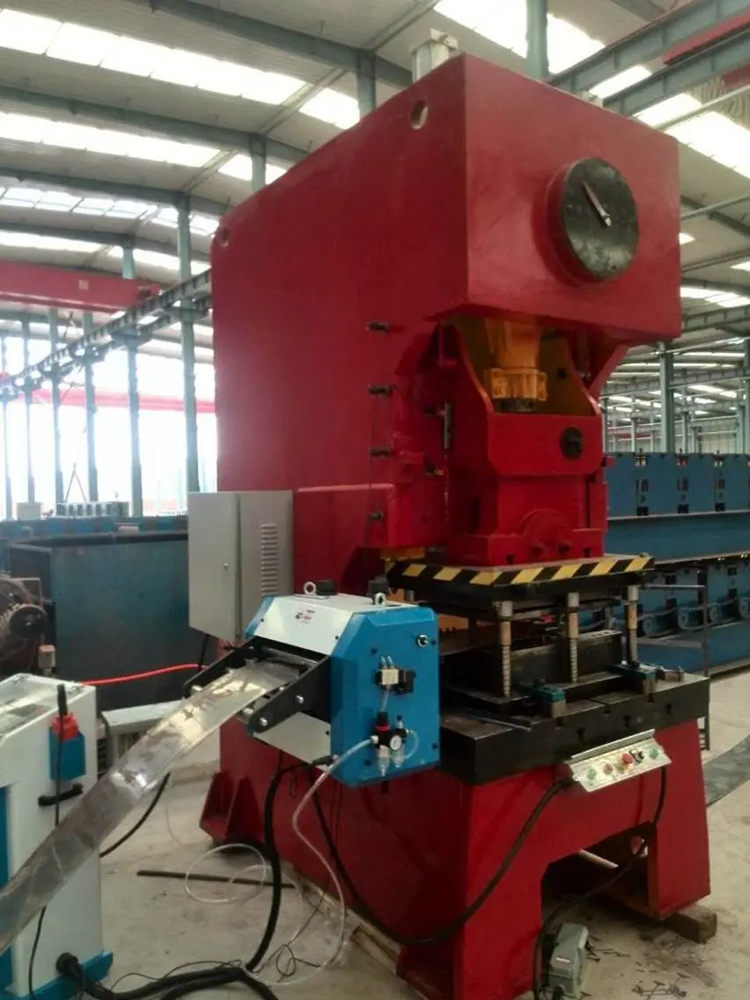
The Importance of Cold Bending Machines in Semi Truck Fender Production
In the automotive industry, particularly in the production of semi-trucks, the manufacturing of high-quality components is essential. One crucial area is the design and fabrication of fenders, which play a vital role in the vehicle's aerodynamics, aesthetics, and protection from road debris. To achieve the precision and durability required for these components, the use of cold bending machines has become increasingly popular. This article explores the significance of cold bending machines in the production of semi truck fenders and how they enhance efficiency, quality, and cost-effectiveness.
Understanding Cold Bending Machines
Cold bending machines are specialized tools used to bend metal sheets or profiles at room temperature, without the application of heat. This method contrasts with hot bending, where the metal is heated to high temperatures, making it more malleable. Cold bending is favored in many manufacturing processes for several reasons, including better dimensional accuracy, enhanced strength of the material, and a reduced risk of warping or cracking.
Applications in Semi Truck Fender Production
When it comes to semi trucks, fenders are pivotal for ensuring the longevity of the vehicle's body and the safety of road users. They need to be sturdy yet lightweight to improve fuel efficiency. Cold bending machines facilitate the production of fenders by allowing manufacturers to create complex shapes with precise angles and curves, adhering to the design specifications required by various truck models.
The cold bending process ensures that the structural integrity of the metal is maintained. Semi truck fenders made from high-strength steel or aluminum can effectively withstand the stress and vibrations experienced during operation. The use of advanced cold bending machines ensures that these materials are shaped accurately, minimizing material wastage and enhancing the overall yield.
Advantages of Cold Bending Machines

1. Precision and Quality One of the primary benefits of using cold bending machines in fender production is the level of precision they offer. Modern machines are equipped with advanced CNC (Computer Numerical Control) technology, allowing for intricate designs and exact specifications. This precision is crucial in ensuring that fenders fit seamlessly onto the truck’s chassis.
2. Cost-Effectiveness The cold bending process is often more cost-effective than other manufacturing methods. It reduces the amount of scrap metal produced during fabrication since cold bending typically allows for tighter tolerances. Additionally, the increased strength of the cold-bent metals can lead to lower transportation costs due to reduced weight.
3. Enhanced Production Speed With the automation and precision provided by cold bending machines, production times can be significantly reduced. Manufacturers can produce larger quantities of fenders more quickly without compromising on quality, meeting the growing demand in the semi-truck market.
4. Flexibility in Design Cold bending machines are incredibly versatile. They can handle various materials and thicknesses, enabling manufacturers to experiment with different designs and styles of fenders. This flexibility allows companies to cater to diverse customer needs and preferences.
5. Environmentally Friendly Finally, the cold bending process is generally more environmentally friendly compared to hot bending. There is less energy consumption involved as no heating is required, and the reduction in scrap metal contributes to a lower environmental impact.
Conclusion
As the semi-truck industry continues to evolve, so too does the technology used in the production of its components. Cold bending machines are at the forefront of this transformation due to their ability to produce high-quality, precise, and durable fenders efficiently. Manufacturers who invest in these machines will not only enhance their production capabilities but also improve their competitiveness in a demanding market. With a focus on sustainability and efficiency, cold bending technology will surely play a pivotal role in shaping the future of semi truck component manufacturing.